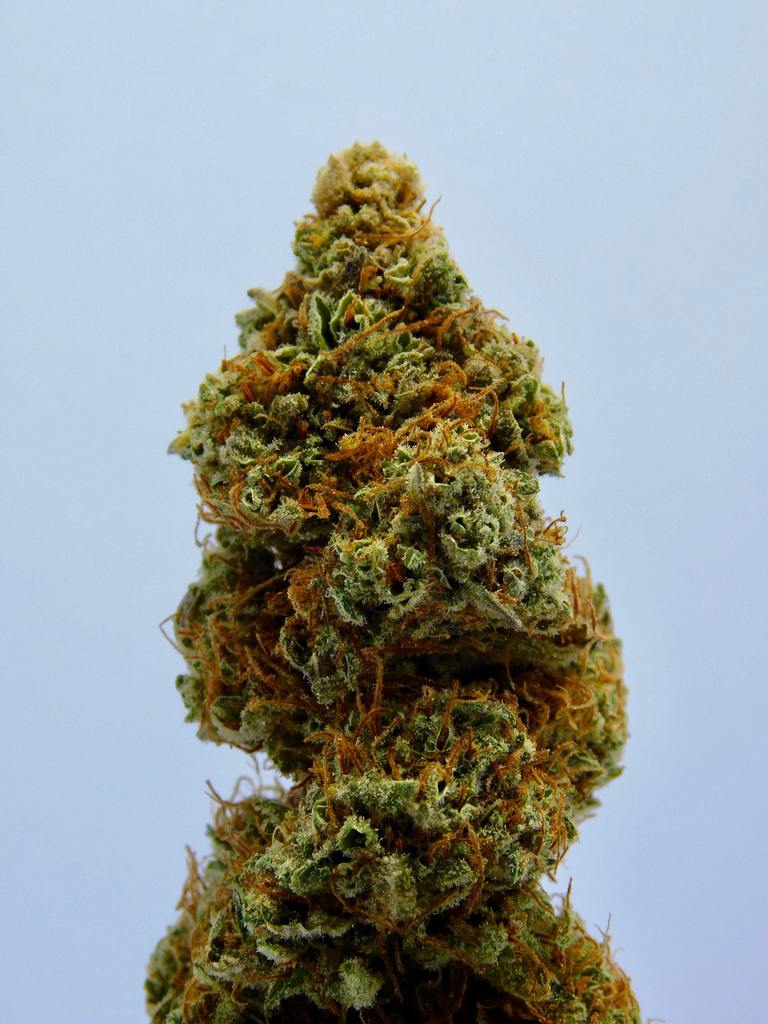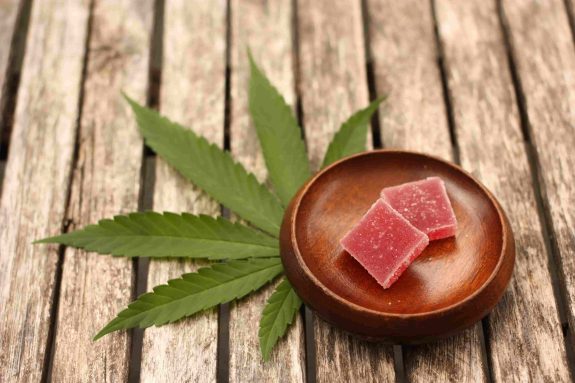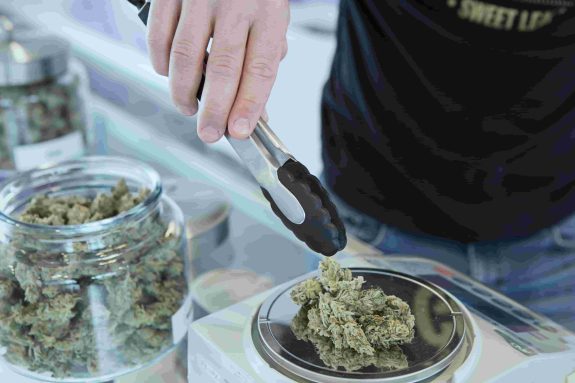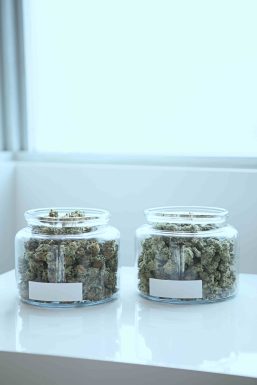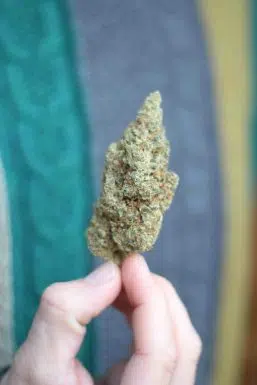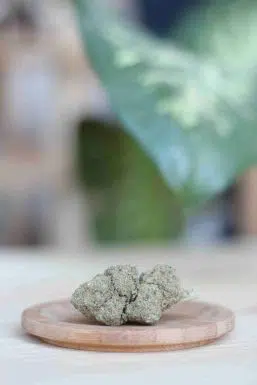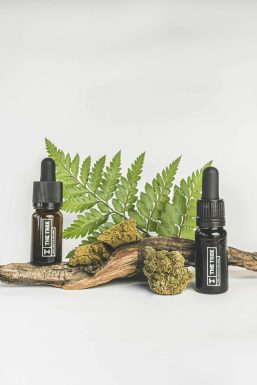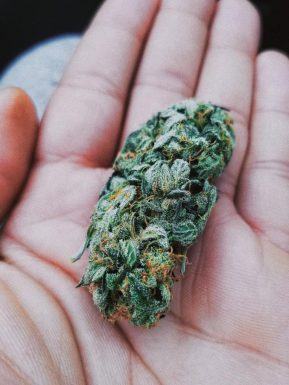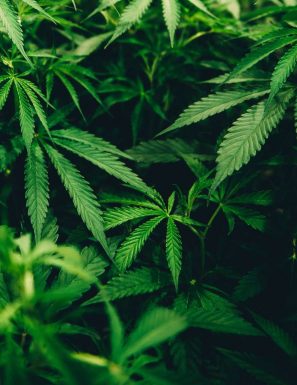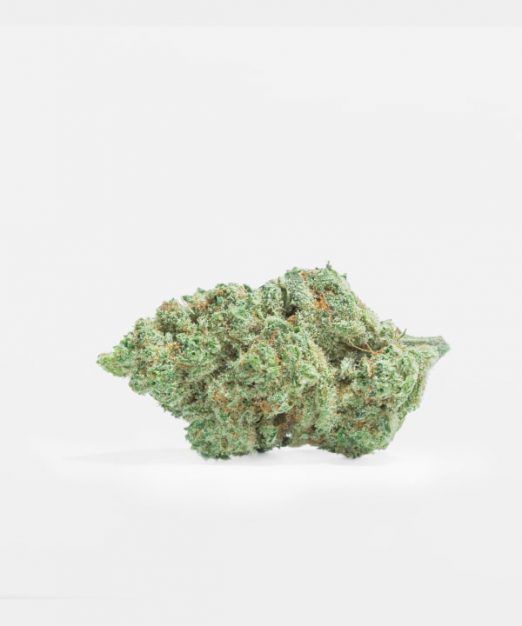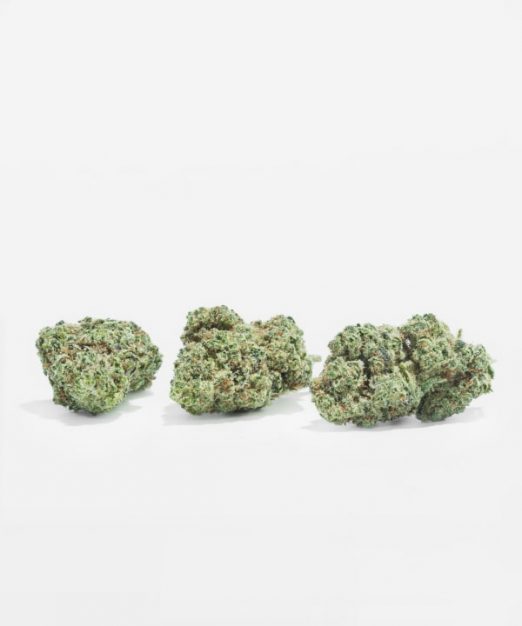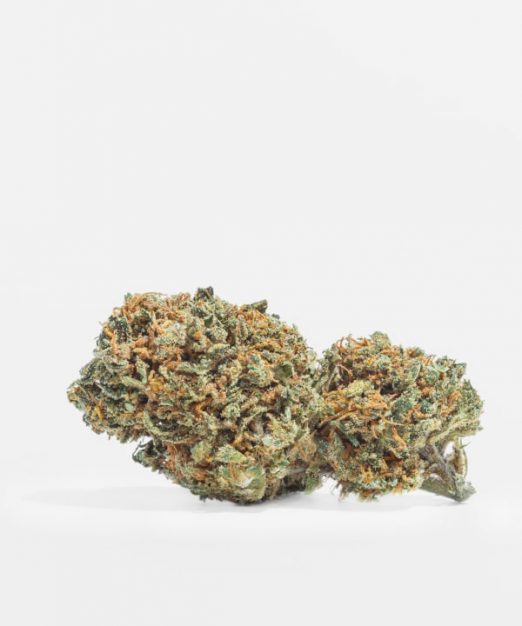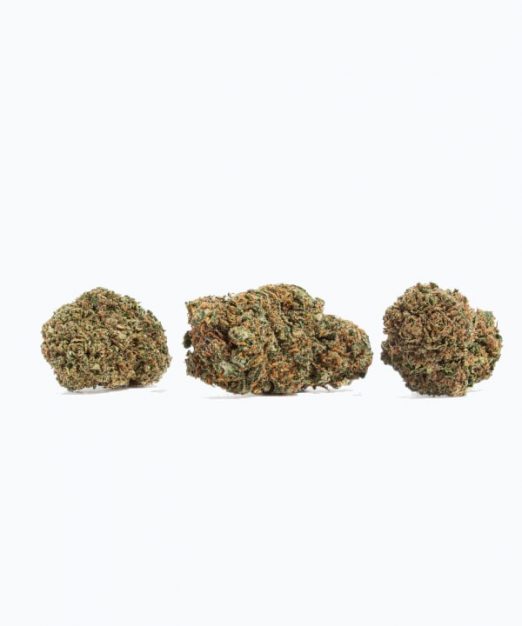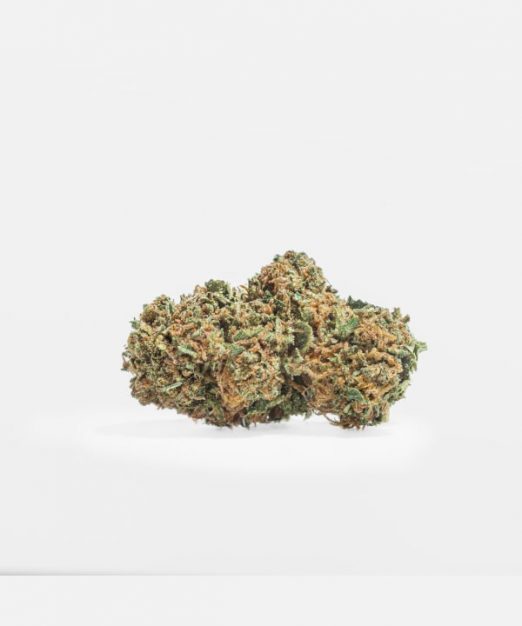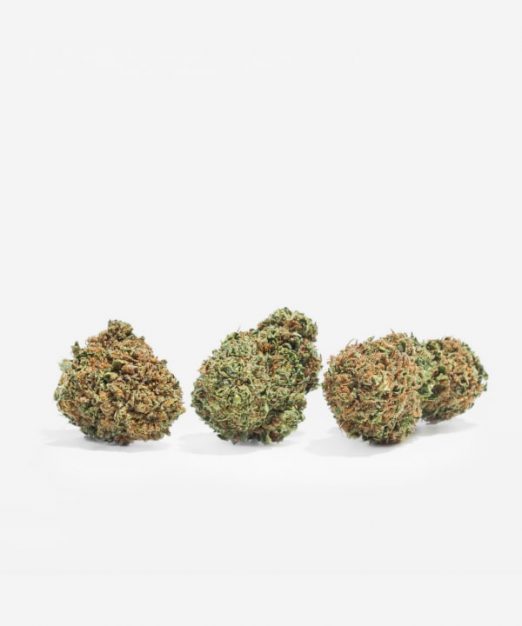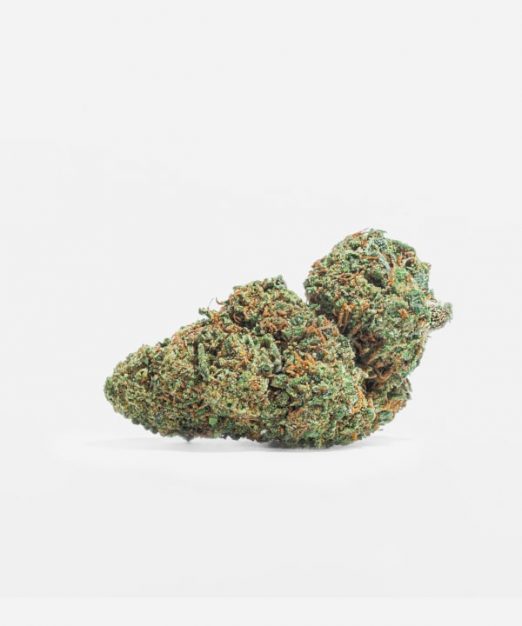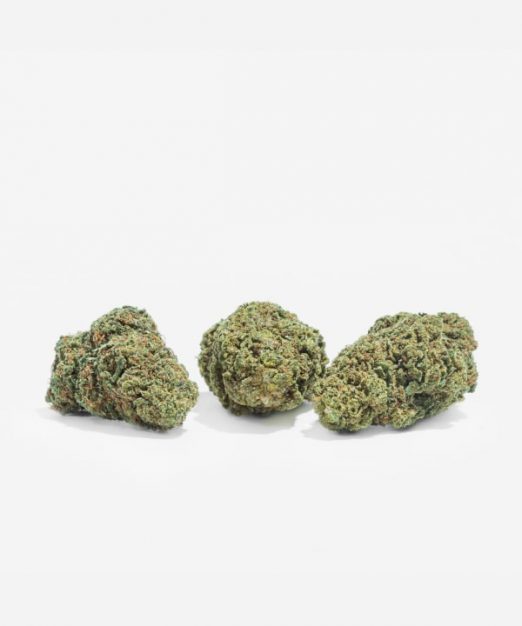

Complete guide on CBD and cannabinoids
The Tree CBD’s guide to CBD and cannabinoids was created with the aim of being the most comprehensive guide available on the internet. In our guide you can find information about the uses and benefits of CBD, its administration methods, legal status, explanations of scientific studies on cannabidiol, and much more.
Why a guide to CBD and legal cannabinoids?
The cannabis plant has over a hundred known cannabinoids and only one of them is psychoactive and potentially addictive: THC. This has long given it a bad name, until CBD and its many properties enjoyed a rise in popularity in recent years.
Cannabidiol (CBD) and other cannabinoids, such as cannabigerol (CBG), or cannabinol (CBN), have become very popular in the last decade. Due to this sudden rise in popularity, more and more studies are being carried out on the subject, more laws are being established for their use and regulation, and more uses and possibilities of non-psychoactive cannabinoids are being discovered, and so on.
In light of so many new developments, the amount of information available on CBD is increasing. Therefore, we can find more and more information and more web pages on CBD and other cannabinoids on Google and other search engines. Unfortunately, not all articles and web pages available on the internet about CBD are high-quality and trustworthy. There are many authors and websites that talk about CBD and cannabinoids without being specialists in the subject, so they don’t always provide accurate information.
For this reason, at The Tree CBD, as specialists in CBD and other legal cannabinoids, we’ve set out to create the most complete and up-to-date guide to CBD available on the internet.
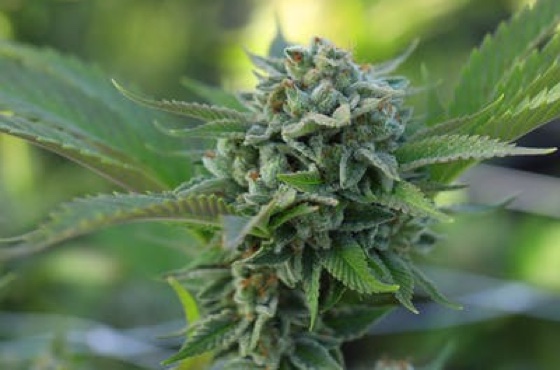
Structure of this guide to CBD and cannabinoids
As CBD and other legal cannabinoids is a wide-ranging issue, this guide has several pages and sections.
Firstly, this guide provides information on CBD itself and other cannabinoids. There are several pages dedicated to explaining what CBD is, how it differs from THC, its main uses and properties, etc.
In addition, one of this guide’s pages is specifically dedicated to the legality of cannabidiol. This cannabinoid has very different regulations in each country. Moreover, these regulations are updated quite frequently, so this is a topic with a lot to cover.
One of the most controversial uses of CBD, from a purely legal standpoint, is edibles. For this reason, this guide has a special section dedicated to the legality of CBD edibles.
Furthermore, in order to help all CBD users, both beginners and the more experienced ones, a guide to CBD consumption is also included. This cannabinoid, as well as many other legal compounds of the cannabis plant, can be taken in a variety of ways. Some of them aren’t legally permitted in certain countries, so there’s a lot to be said for this topic as well.
The aim of this section of our guide on CBD consumption is to clarify what the legal administration methods are in each country, according to the corresponding legal regulations, and what they involve.
Lastly, this guide to CBD and cannabinoids includes a section explaining the conclusions of the most relevant studies and scientific research in this highly specialised field.
Basic information on CBD and cannabinoids
When new users begin to take their first steps into the world of CBD and cannabinoids, they often have a lot of questions about the most basic aspects of these compounds. For this reason, our guide to CBD and cannabinoids answers the most frequently asked questions on this subject. Users looking to expand their knowledge about CBD will find useful information on these pages to understand its various aspects. From what cannabinoids and CBD are, to the differences between the different substances produced by cannabis, to their properties and benefits, these questions are covered in this guide.
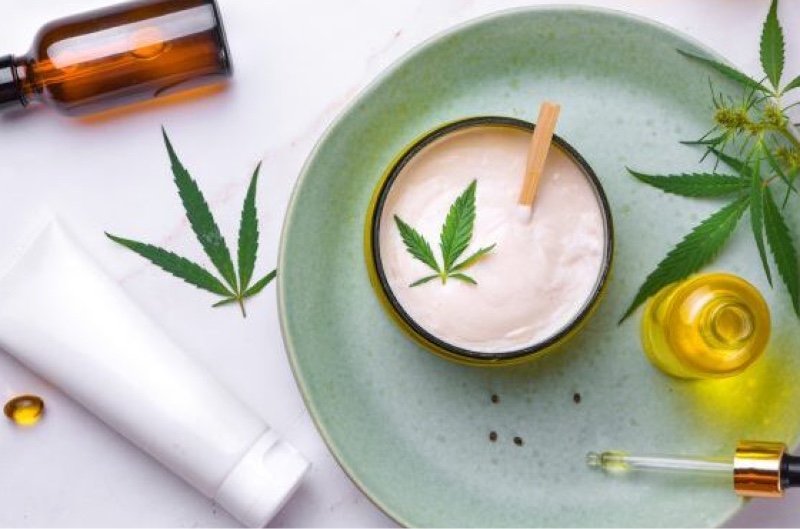
Guide on how to consume CBD
CBD is a very versatile cannabinoid that allows for a wide variety of administration methods. However, not all forms of CBD consumption are legal in countries where CBD products are sold. That is to say, some countries restrict the use of CBD to specific administration methods.
For this reason, this CBD consumption guide explains both the various ways of consuming this cannabinoid, and in which countries they’re permitted. The ways of consuming CBD also vary depending on the product it contains. For example, the flowers are often consumed by inhalation, either by smoking or vaping (this isn’t permitted in Spain). Creams, on the other hand, are used topically. CBD oil can also be used on the skin, under the tongue, or by ingestion. For this reason, this guide covers sublingual consumption, ingestion, vaping, vaporisation, inhalation, and topical use. The Tree CBD is a marketer based in Spain, where the consumption of CBD by any administration method other than topically isn’t legally permitted. Therefore, we’re obligated to warn you that its use on Spanish territory should only be topical, i.e. on the skin.Legality of CBD products
The legality of CBD and its different administration methods is one of the aspects that raises the most doubts among new users of this cannabinoid. However, the regulation of different CBD products varies from country to country and does so considerably.
For example, when it comes to CBD oil, it’s a product that can only be administered topically in Spain. However, in other countries such as Switzerland, the United States, and Canada, it’s also taken under the tongue or ingested. This is because these ways of consuming cannabidiol are legally permitted there.
Likewise, hemp flowers with CBD can be consumed directly in countries such as Switzerland or the United States either by being smoked or vaped. In Spain, on the other hand, they’re a decorative, aromatherapy, or collector’s item according to the current legislative framework.
Likewise, vaping CBD using e-liquids isn’t illegal in most countries where some form of CBD is sold.
Therefore, despite being the same compound, CBD doesn’t have the same legal status in all countries where it’s consumed and sold. This is why we cover this very interesting and important topic in our guide to CBD and cannabinoids.
Studies and scientific research on CBD and other cannabinoids
Our guide to CBD and cannabinoids also has a section on the various scientific studies and research that have been conducted in this field. The growing popularity of the various non-psychoactive derivatives of cannabis flowers has attracted the interest of the entire scientific community.
Consequently, the results of new studies that have been carried out are coming to light more and more frequently.
This page of our guide to CBD and cannabinoids brings together the conclusions of the main scientific research on this type of compound. Therefore, those more curious CBD users who are looking for specific data on the benefits of this cannabinoid will find their questions answered in this section.
In short, there’s a lot of very scattered and unverified information circulating on the internet about CBD and other cannabinoids. At The Tree CBD, as CBD specialists, we’ve decided to create the most comprehensive guide available on the internet on CBD and cannabinoids. This will provide CBD users with a complete and reliable source of information.
In this way, both those who are taking their first steps into the world of CBD, as well as more experienced users, can find proven information about CBD and other cannabinoids in our guide.
This guide covers absolutely all aspects related to CBD and other cannabinoids, covering issues as wide-ranging as basic information, legality, administration methods, and the results of scientific research on the subject.
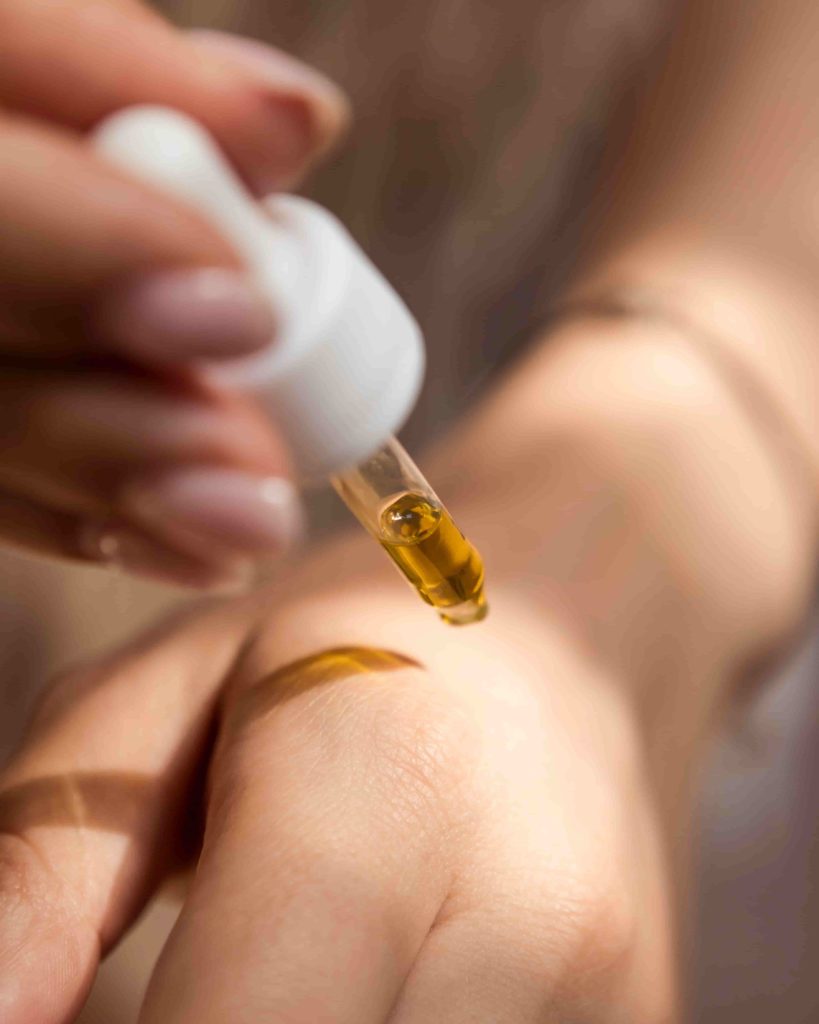
Frequently asked questions about what CBD is
What are cannabinoids?
Cannabinoids are chemicals that have the ability to bind to cannabinoid receptors in mammals’ bodies. In other words, cannabinoids are substances that interact with the endocannabinoid system or ECS that all animals of this kind have.
There are endocannabinoids, produced by the body itself, and phytocannabinoids, which are external cannabinoids produced exclusively by the cannabis plant. In other words, no other plant species produces substances capable of interacting with the endocannabinoid system.
Does CBD come from cannabis?
Although CBD is one of the cannabinoids produced by cannabis, it does so in very low quantities. Traditionally, marijuana breeders and growers have selected and crossed plants that produce large amounts of THC. Tetrahydrocannabinol or THC is the cannabinoid responsible for the psychotropic effects of marijuana.
Hemp, in contrast, does produce large amounts of CBD in a completely natural way. Hemp is also considered cannabis, but its THC limit is 0.2%, which is so low that it doesn’t cause psychotropic effects. So CBD is extracted from hemp and CBD flowers are hemp flowers, not cannabis flowers.
Is CBD better on its own or with other cannabinoids?
There’s no right answer to this question, as it depends on each individual case. The hemp plant produces a wide range of cannabinoids, including THC in legally permitted amounts.
If you want to avoid THC completely, but still benefit from the effects of the other cannabinoids, you should opt for broad-spectrum products. If you choose to use full-spectrum products, you should be aware that they contain THC. Lastly, you can also consume products with only pure CBD.
Featured CBD products

CBD dosage calculator

Find the best CBD product for you
More about CBD
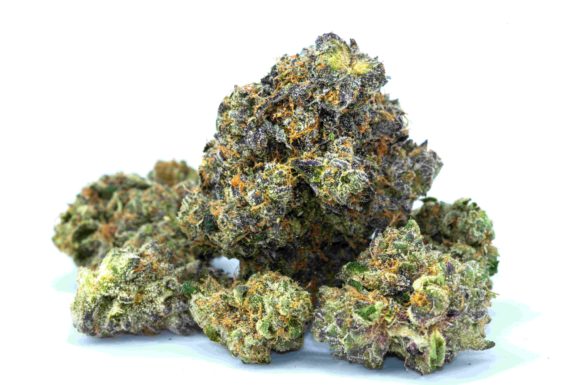
Types of cannabis
Cannabis breeders usually classify themselves into three species (sativa, indica and ruderalis), but this division has not always been the case and it may not
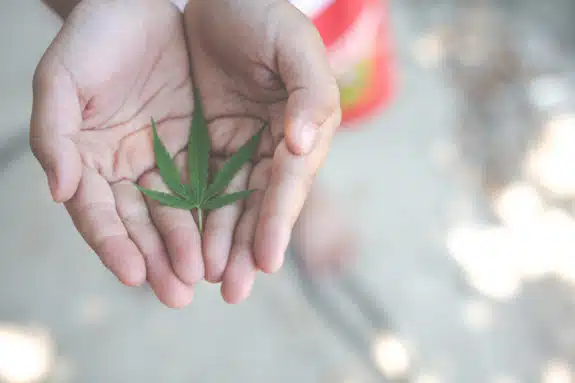
What is the CBD entourage effect?
The synergistic effects of various cannabinoids and terpenes on the body are known as the entourage effect. When the potential of cannabinoids was first explored,
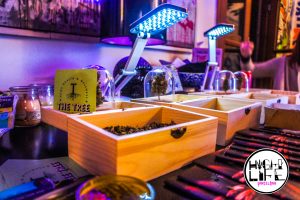
YES WE(ED) CAN, THE FIRST CBD COMMUNITY IN EUROPE
On November 9, we celebrated the first meeting of Yes We (ed) Can. In order to make the CBD Community bigger. A meeting monthly aimed at




